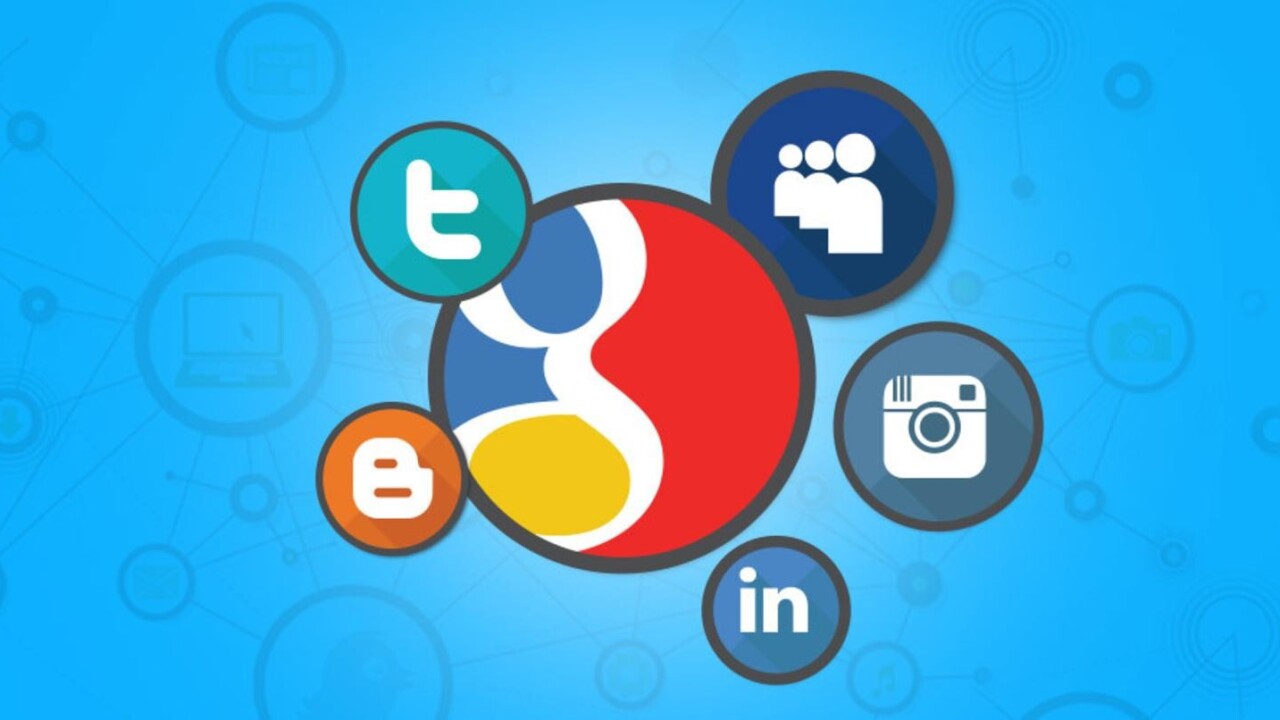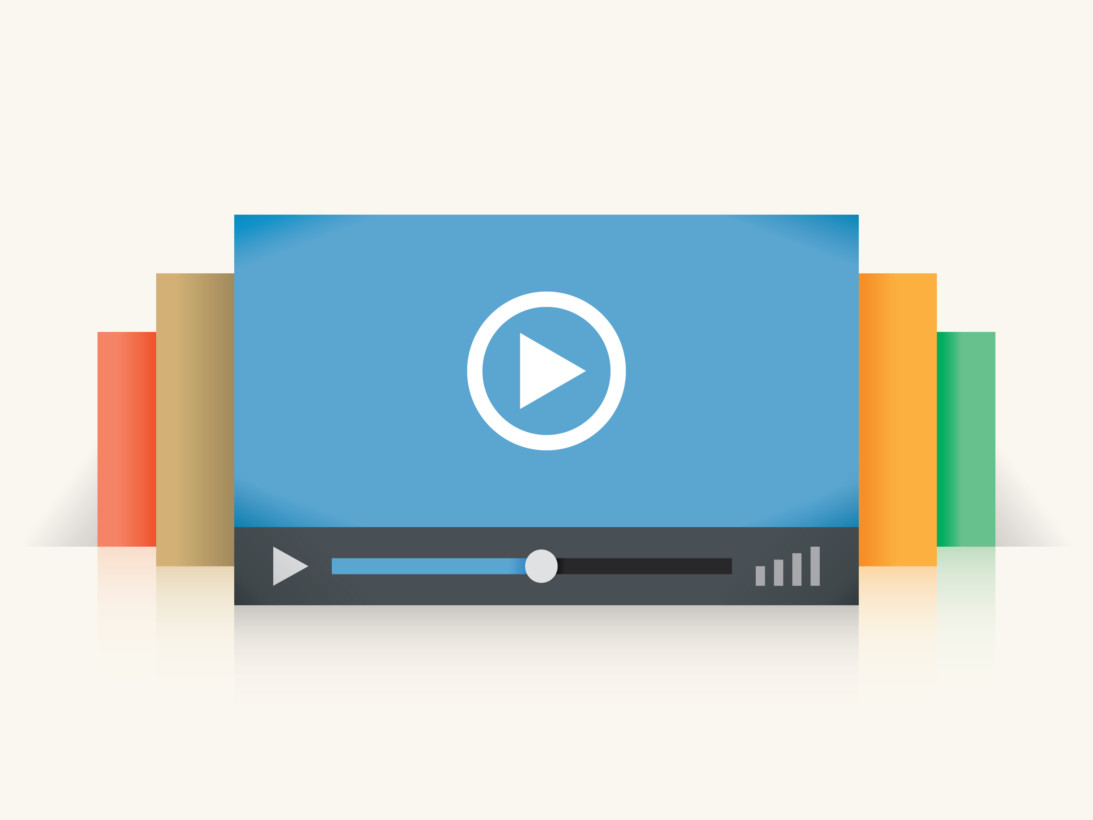
There’s a lot of noise in the internet and you’re trying to get your voice heard above all the confusion.
Have no fear, there are a lot of things you can do that’ll give your brand the added boost it needs to rise above the chaos.
The internet is jam-packed with people, competitors, and to be honest, a lot of clutter that takes the spotlight off your brand. It’s unfortunate, yes, but as with a lot of things in life, coming up with a good plan can help immensely.
This goes well beyond a simple strategy, but includes how to break into the social world and building a unique brand that your audience identifies with, likes, and wants more of.
How, you ask? Here are five fantastic strategies that will help turn your business into the strong social brand it needs to be.
1. Utilize mobile advertising
Let’s look at the stats: 80 percent of Internet users own a smartphone and people are spending more time on mobile devices than desktop. Translation: Having a mobile presence is nearly indispensable.
Is your competition mobile optimized? If so, then you want to catch up and compete with them. If not, you want to stand out and beat them. First thing’s first, get a responsive web design that creates a seamless user experience. And no, being mobile-friendly isn’t enough.
You want a responsive site that chooses the optimal version for each device that accesses it. This means text and pictures that resize according to screen dimensions and content that rearranges and aligns itself. If the basics are having an optimized site, then the next step is to utilize mobile advertisement.
Opting out will only result in your brand missing out on a huge market.

Ready to take the plunge? Good.
The world of mobile advertising is quite expansive and choosing a wrong ad format can result in a blunder. Some ad formats are good at getting conversions while others excel at impressions. Choose your goal and go from there.
To simplify things, here is a brief list of some ad formats you can employ:
- Banner ads: The standard and most simple ad format, banner ads are popular, appear at the top or bottom of the screen, and are relatively unobtrusive.
- Interstitial ads: These ads are interactive and display across the screen. A such, they’re visually engaging, compelling and, unfortunately, intrusive to users
- Expandable ads: Expandable ads start of as banner ads and, when clicked on, expand to become interstitials. They’re in the gray area between intrusive and unobtrusive because of their expandable nature. While relatively unobtrusive in their banner form, accidentally clicking on one will expand them and make them a real nuisance.
- Native ads: Native ads are experts at camouflage and don’t look like ads. Their format aligns with the site/app they reside in and can sometimes even add to the user experience.
- Video ads: Video ads have the possibility of high engagement when targeted correctly. Do it incorrectly and you have an angry audience who was forced to sit through 5-30 seconds of a video they had no interest in watching. Not good.
2: Enter the social media landscape
Social media is a godsend to digital marketing because more often than not, a majority of your target audience is active in one or more of the many social media platforms out there.
As a matter of fact, 97 percent of internet users aged 16-64 say that they’v viewed or used a social media network within the last month, and more than half are currently using more than one. For a reference point, Facebook is the leading platform and has the most users, followed by Instagram, then Pinterest, LinkedIn, Twitter, and so on.
Okay, so you’ve decided to enter the social media landscape and would like some pointers. No problem. To begin with, while it’s a good idea to be everywhere, it’s also important not to stretch yourself too thin. Instead, focus most of your energy on the top platforms used by your target audience. Where are they spending their time? That’s what you have to find out. Once you know that, it’s time to choose platforms.

Let’s start with Facebook.
Facebook is often styled as the “King of social media” because of its huge user base. People tend to use it as a phonebook of sorts to keep in touch with friends, family and favorite brands. That’s where you come in.
Facebook is a personal place where emotional connections. Make it a Facebook goal to connect with your audience as more than a brand and post between two to three times per day. Next comes Instagram. Instagram is a big platform for influencer marketing (we’ll get to that later) and an excellent place to post how-to videos, product reviews, or other types of visually inspiring content that grabs a user’s attention.
Another visual platform of sorts is Twitter. Photos tend to get the highest engagement on Twitter, and people mostly use it to keep up with the latest news, for helpful tips and tricks, and for content that isn’t personal. Twitter users tend to go through their feed faster than Facebook users, so post between three to seven times per day.
Let’s shift the focus to the “business platforms.” These would be LinkedIn and Google+. LinkedIn is widely considered to be the “network for professionals” and is used to connect with like-minded individuals and brands. Google+ is not as popular as LinkedIn, but still garners a decent user base that flock to it for technology news and business tips. More important for LinkedIn and Google+ than other platforms are business hours, so make sure to keep posts (one to two per day) during this timeframe.
Keep in mind that as the years have gone by our attention spans have gotten shorter, so keep content short and concise. Keep it to the point, make it shareable (you want to go viral), and most importantly, keep your voice and content consistent across channels.
3: Get an influencer
Influencer marketing is sort of like high school without the acne.
Remember the popular crowd? You know, the ones that started trends and others looked up too? Well, these are the people who will become your influencers. Not literally (please don’t call the popular kids from your high school, it will only be awkward), but figuratively.
Influencers are like the popular kids in the sense that they do and others follow. It’s because of this that you want them to help you out. People like them, trust them, and want to be like them.
It follows that if an influencer likes your brand, those who like them will also like your brand. Simple, right? Not always. It’s very important to find someone who your audience truly aligns with. That’s what makes them an influencer.

Stacy DeBroff, CEO and Founder of of Influence Central, recently said that:
We find ourselves awash with more information than has ever been available to us as humans, and we simply can’t process it. As a result, we’ve increasingly come to rely not just on curated information, but on the people we most trust to curate this information for us in a way that resonates with our lifestyle, interests, and values. In 2017, consumers will be on a mission to find peer specialists with niche expertise to filter recommendations.
Influencer marketing is like tolerable advertising. In its core it’s advertising, but because it’s coming from someone you like it’s tolerable.
Moreover, a study found that 88 percent of customers trust online reviews by strangers as much as they would recommendations from a friend. And what’s better than a stranger? That’s right, and influencer.
4: Incorporate video
One third of all online activity is spent watching videos. Let that sink in. Maybe then you’ll understand why 87 percent of online marketer are currently using videos as part of their strategy.
If done right, videos are engaging, entertaining, and an excellent way of branding your business. They let you connect with your audience in a way that written words could never do.
One way of doing this is by giving your audience a glimpse behind the curtain and showing them the people behind the brand. In other words, by promoting people as well as products, you’ll give your business a personality that people can respond to.

Videos are also a perfect avenue for promoting content you’ve already created. Have information? Host a webinar and increase your authority in your industry or start a vlog and become the go-to source for the latest news.
Whatever route you take, the point will always be that videos give you the opportunity to go above and beyond what text can do.
5: Go Live with Your Marketing Strategy
Building off of branding with video is live video.
As TV personality Al Roker said:
Livestreaming is NOW; unique, interactive, attention-grabbing, newsworthy, and tailor-made for a #FOMO generation.
It’s not just Al Roker. It was reported last year that Facebook signed deals worth more than $50 million with many media companies and celebrities asking for live content. More than that, Instagram saw the coming livestream revolution and added a live feature to its stories repertoire.

Just as video goes beyond text, livestreaming goes beyond video and includes your audience in the conversation. You can hold interactive Q&A sessions or interviews in which the audience submits their questions as comments and the presenter/interviewee answers them in real-time.
You can also combine strategies and include an influencer in a livestream for extra engagement from your audience.
Get the TNW newsletter
Get the most important tech news in your inbox each week.




